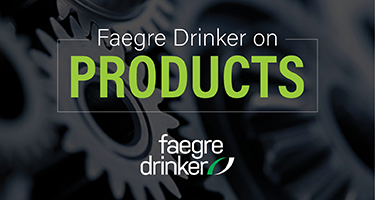In December 2023, back when the ink was still drying on the amendments to Federal Rule of Evidence 702, the Southern District of New York excluded all five general causation experts proffered by plaintiffs in the In re Acetaminophen MDL whose cases had been selected for trial. We discussed that impressively detailed and painstaking decision here. Observing that all 50 states require proof of general causation in product liability cases and that the plaintiffs now had no experts to carry that water, the court instituted an order to show cause process that led to the dismissal of approximately 550 cases. However, over the defendants’ objections, the court permitted a small handful of new arrivals to the MDL to name their own general causation expert and try again. In yet another impressively meticulous opinion, the court recently doubled down on its Rule 702 “gatekeeping” role and excluded the new plaintiffs’ backup general causation expert in In re Acetaminophen – ASD-ADHD Prod. Liab. Litig., No. 22MC3043 (DLC), 2024 WL 3357608 (S.D.N.Y. July 10, 2024).
The plaintiffs in In re Acetaminophen allege that prenatal use of acetaminophen caused attention deficit hyperactivity disorder (ADHD) and/or autism spectrum disorder (ASD) in offspring. The plaintiffs’ first five proffered general causation experts were excluded in part because the court took issue with the experts’ “transdiagnostic” approach — combining literature of ADHD and ASD into a single analysis — because it merely “obscured limitations in the scientific literature.” The new plaintiffs’ expert — number six overall — sidestepped the “transdiagnostic” issues and sought to opine solely on a supposed link between prenatal acetaminophen use and ADHD. But the court, still mindful of acetaminophen’s critical role as the only pain reliever and fever reducer indicated for use during pregnancy and the FDA’s multiple reviews of its safety, remained vigilant in its Rule 702 obligation.

